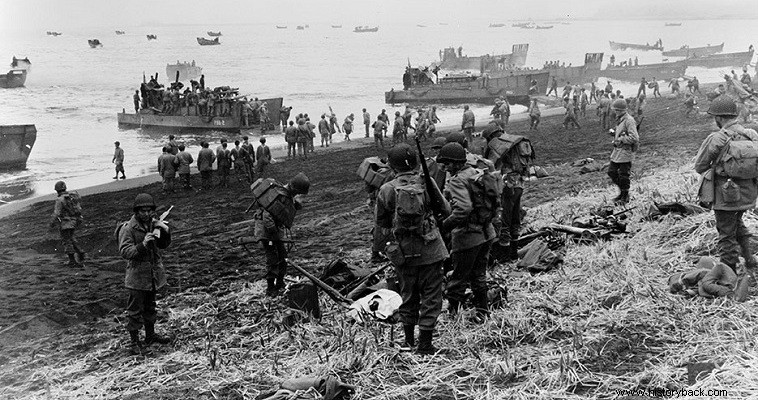
Operation "Cottage" aimed to recapture Kiska Island of the Aleutian group from the Japanese. One of these islands was Kiska, an uninhabited, frozen island east of Alaska.
The Japanese captured Kiska Island on June 7, 1942. The landing was carried out by 500 Marines under Captain Takeji Ono. There was only one American weather station on the island with 10 men. Two of the Americans were killed and eight captured.
Then another 2,000 Japanese arrived on the island led by Rear Admiral Akiyama. Later these forces were reinforced with anti-aircraft artillery, engineers and additional infantry.
Recapture Operation
On May 11, 1943, the Americans landed on the island of Atou in the Aleutian group. A fierce battle ensued with the Japanese garrison of 2,900 men. The Americans prevailed but suffered 3,500 casualties.
The Americans expected similar resistance on the island of Kiska. After the recapture of Atou, the Japanese realized that they could not hold on to Kiska either and began planning the withdrawal of their forces.
So from July 1943 they began to withdraw their forces. The Americans had information, through aerial reconnaissance, that Japanese activity on the island was nil as was traffic in the port.
The damage also from the air raids they carried out was not repaired while the American planes operated almost unmolested by the Japanese anti-aircraft. On July 28, 1943 the sending of Japanese signals from Kiska ceased.
Nevertheless, the Americans did not attribute all these signs to the withdrawal of the Japanese, but to shortages due to the cessation of their supply. So they planned a normal campaign to recapture the island expecting significant losses. In this they were confirmed, but in a different way than expected.
On August 15, 1943, the American 7th Infantry Division (IP) together with the Canadian 13th Infantry Brigade (IBC) landed on the island of Kiska, on the opposite coast. This was one of the organizational mistakes as in the absence of Japanese Americans and Canadians started shooting at each other thinking they were hitting the (non-existent) enemy.
In one such conflict 28 Americans and four Canadians were killed, while 50 more men of both armies were wounded. The only real adversary was the mines and booby traps left behind by the Japanese. But there were also accidents and ammunition explosions.
The American destroyer USS Abner Read even hit a Japanese sea mine, losing 118 of its men (71 dead) in addition to its stern. In total the Allies suffered over 315 casualties… unopposed.
Of course all this could well have been avoided if someone high up had bothered to order a close reconnaissance of the island before…
